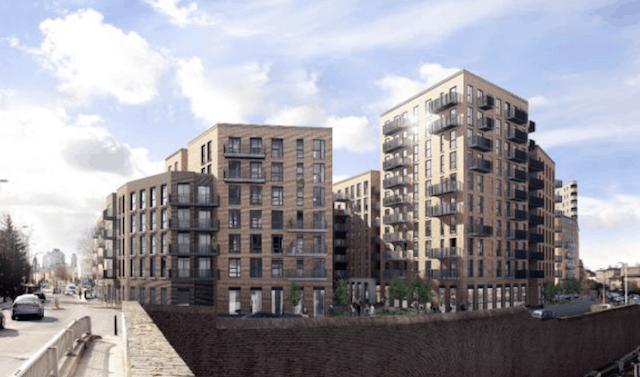The Dalston Lane development in Hackney is to use more than 3,500m3 of the sustainable timber (CLT), making it the largest project of its kind globally, claimed engineers at Ramboll. The 121 units are spread over 10 storeys. The overall height of the building is more than 33 metres. It will provide “significant residential capacity” over 12,500 square metres, and more than 3,400 square metres of commercial space.
Ramboll CLT engineer Gavin White told The Engineer that the timber was much less heavy than concrete, making it ideal for lightweight construction in an area of east London where Crossrail and HS1 passed underneath the streets. It had been used in other projects in the UK in Norwich and Bristol, he added.

The timber meant that the building would save 2,400 tonnes of carbon, White said. The London Borough of Hackney is encouraging timber construction as part of a ‘timber first’ policy. Total emissions of carbon, taking into account development and transport of materials, and construction of the building, would mean 50% less emissions, White added.
CLT panels are supplied in thicknesses of between 50mm-300mm and three to 13 metres in length. By using CLT, the embodied carbon is 2.5 times less than that of an equivalent concrete frame, Ramboll claimed.
Andrew Waugh, director at architects Waugh Thistleton, said the building at Dalston Lane was “important”. CLT structures are the only sustainable solution to provide high-quality, high density housing, and as such this project, given its scale and ambition, is a seminal piece of architecture.”
According to the Commission on Affordable Housing in London, which was unveiled last month, 50,000 new homes are needed in the capital a year just to keep pace with demand.
Prices for a new home are at an average of almost £500,000, the commission said.




Poll: Should the UK’s railways be renationalised?
I'd hate to be disingenuous so I've replotted the data with the first trendline from 1946 to 1977 and the second using your chosen dates 1983 to 2018....